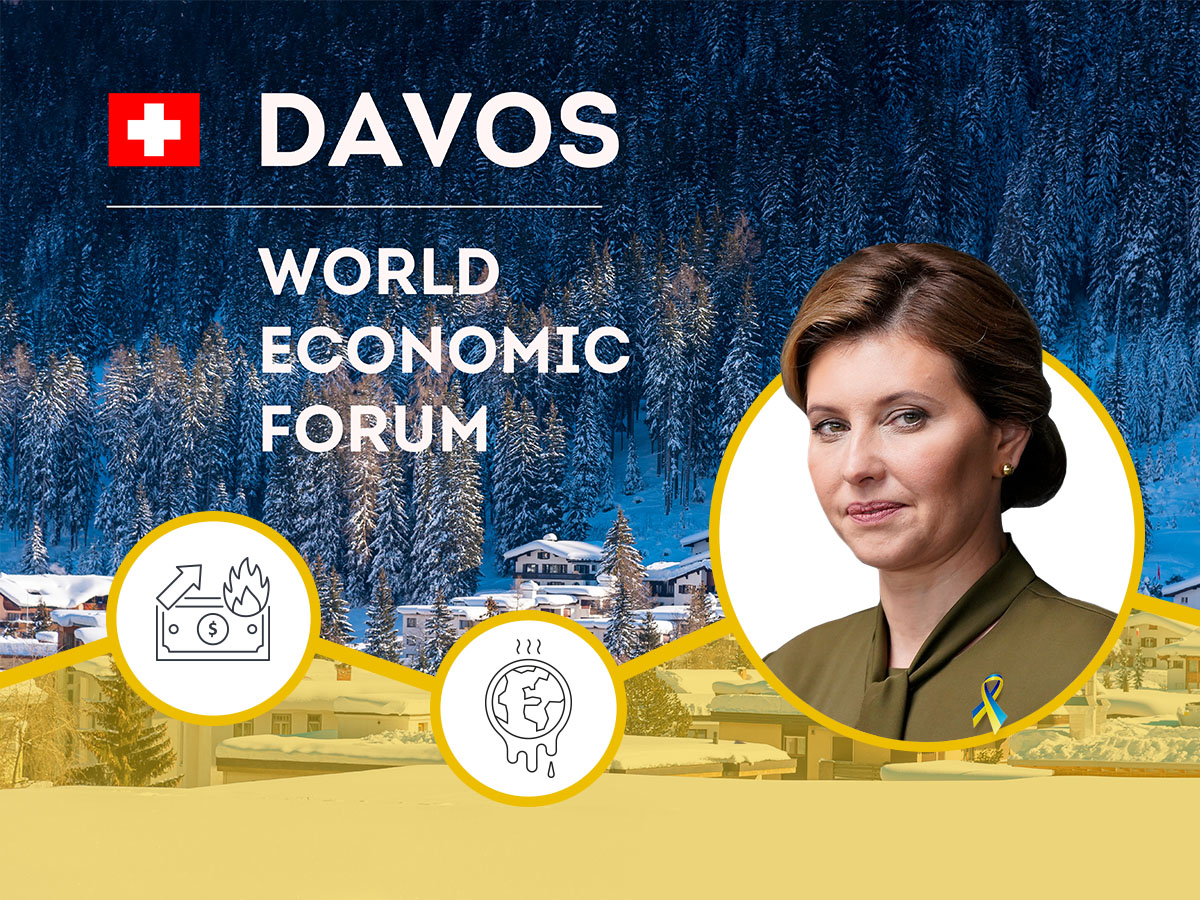The annual meeting of the World Economic Forum is (finally) over.
From one point of view, it was a great success: there were more participants than ever before as the event returned to its usual venue and time slot after three years.
But, though the event brought to the peaceful Swiss town thousands of experts and politicians from all over the world, among them 50 heads of state; including Ukraine’s first lady, yet, notably absent were some heavyweights, like the presidents of the US and China and most G7 leaders, save for German Chancellor Olaf Scholz. With or without the Chinese president, the delegation from Beijing was much smaller than in previous years, something that might have happened due to the beginning of the Chinese Lunar New Year. Or not.
The absence of the above mentioned leaders already prompted a wide array of conspiracy theories about global restructuring of power and backroom deals. But more importantly it opened room for other countries and other perspectives, notably for Brazil and many Asian countries, first and foremost India.
While nobody expects from a forum like Davos to solve the problems of the world, or even to come up with viable solutions, there are a few things worth noting.
Ukraine, Ukraine and … Ukraine
Probably not surprisingly, Ukraine received a great deal of the attention. Ukrainian First Lady Olena Zelenska made a personal appearance, while her husband held his usual video-visit, in a bid to push for funding, more advanced weapons and other aid.
While there was a lot of progress and many generous offers coming from Western states, Kyiv couldn’t gain the main prize, German tanks, yet.
Neither could it gain more help from other parts of the world, as many experts and politicians urged a quick return to the negotiating table. Not everybody shared NATO Secretary General Stoltenberg’s views that “if we want a negotiated peaceful solution tomorrow, we need to provide more weapons today”.
Optimism with a grain of salt
While tech-giants are preparing for both an AI-led transformation (from IBM’s quantum computers to new chat apps) and a recession (or at least some economic setback) at the same time and have, in the last few weeks laid off about 20.000 workers globally, world leaders decided to stick to “the glass being half-full” and envisioned more optimistic scenarios for 2023.
Both IMF Managing Director Kristalina Georgieva and European Central Bank President Christine Lagarde worded a cautious, but positive outlook, claiming that the global economy is “less bad than we feared a couple of months ago” or “it’s not a brilliant year, but it is a lot better than what we had feared”, respectively. JP Morgan’s President Daniel Pinto said almost the same, stating that “things are not great, but they are much better than they could have been.”
They did so despite admitting the risks looming on the horizon, including all the inflationary pressure caused by China’s reopening or debt issues all over the world. Ms. Lagarde expressed her hopes that China’s expected rebound would be “positive for the rest of the world”.
Not everybody was so optimistic. Experts fear that reasonable growth can be maintained only if the U.S. and China find a new, common modus vivendi.
Trade wars aren’t good for anybody
President Biden’s Inflation Reduction Act is anything but welcomed by most of his European allies (the exceptions are far less numerous, but they are there, like Dutch PM Mark Rutte) and France has gone to great lengths to create a European equivalent.
The EU presented, via European Commission President Ursula von der Leyen, a major plan to boost green transition and European industry.
But, while Vice-Premier Liu He claimed that his country was open for business and for more imports and that they expected that consumption soon returned to pre-COVID levels, it is unclear, how exactly it plans to achieve it amidst the ongoing trade spat with the U.S.
Maybe one should try Kristalina Georgieva’s advice and lock the U.S., the EU, India and China in a room.
And the three big exporters, the U.S., the EU and China are increasingly immersed into protectionist policies, ginormous subsidies packages and new trade practices, the rest of the world is cautiously watching. Fearing to be left out.
Many (or most) were pleading for a quick re-globalization and balanced and resilient supply chains, especially from hard-hit sectors like the global semiconductor industry. For some, like India, this seems a good opportunity to move to higher levels within said chains and occupy better positions globally.
Climate
Greta Thunberg and her fellow activists made (again) a desperate plea for climate-friendly clean power, delivering a “cease and desist letter” to fossil fuel CEOs. They found an ally in UN Secretary General António Guterres, who accused fossil fuel producers and their supporters, both financial and political ones, of “racing to expand production, knowing full well that their business model is inconsistent with human survival.”
Yet, while dreams are soaring high, reality is a different thing. It is unclear, who and when and how is ready and willing and able to finance the global transition to a greener future at the current pace (or faster).
The activists blamed Big Oil and its executives for prioritising short-term profits and for “playing games with people’s futures”.
